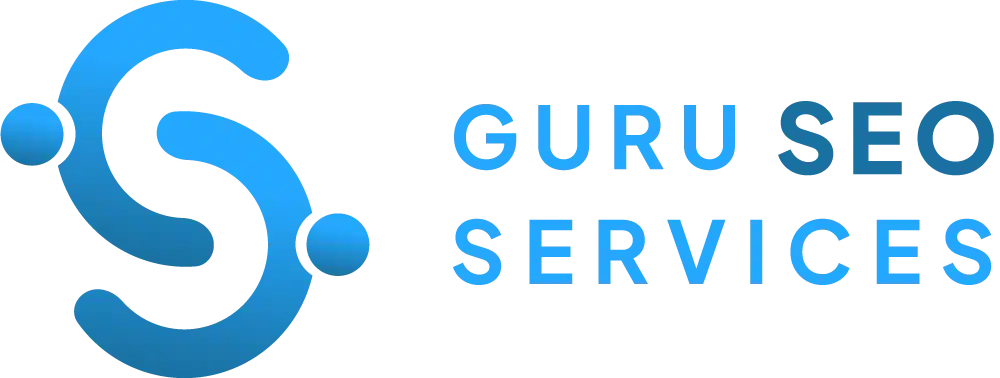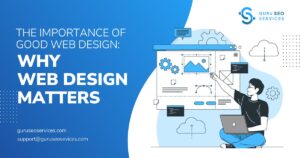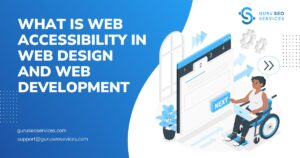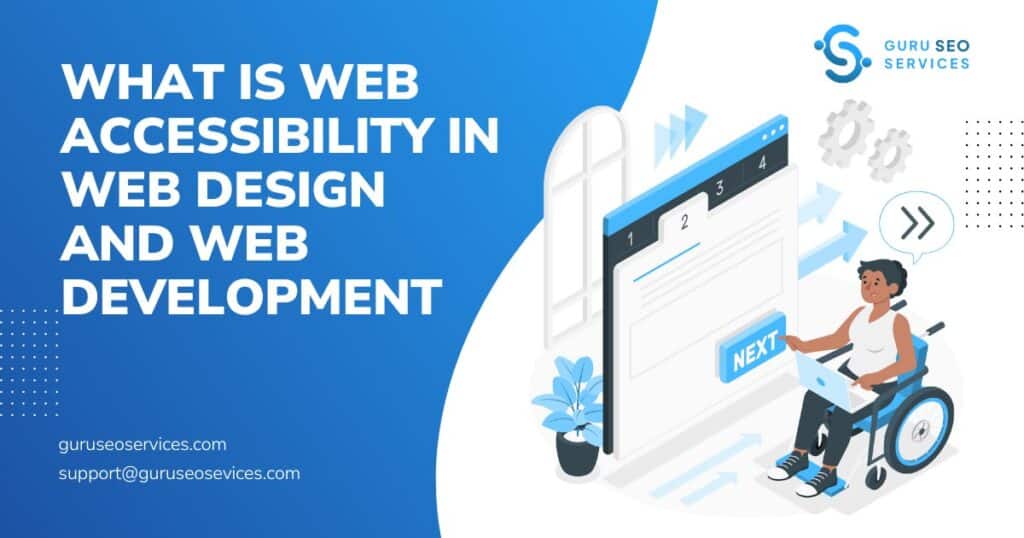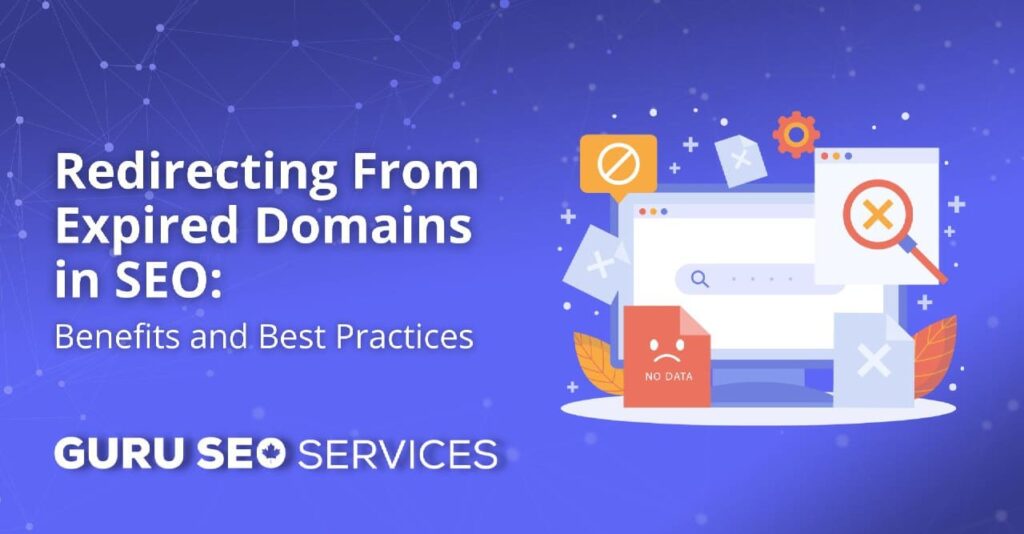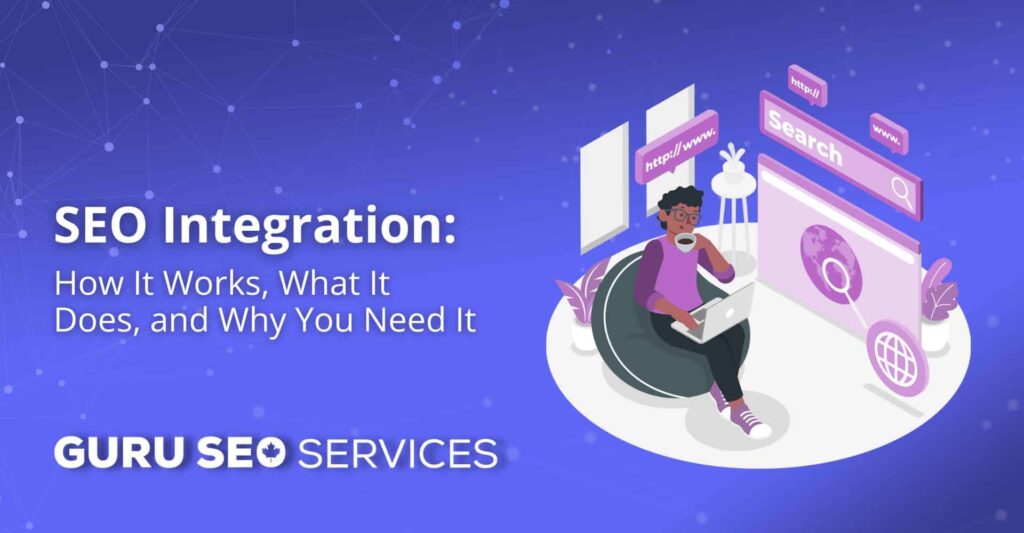The web design process will differ from one company to the next and from one designer to the next. However, it still typically follows some similar steps, which we’re going to break down for you today.
We’re going to cover everything, from ideation to designing and finally launching. Without further ado, let’s jump into it.
The Web Design Process
Let’s take a look at the 10-step web design process that most designers go through when building a site.
#1 Identifying Goals
In the initial stage, a designer has to identify the end goal of web design, usually in close collaboration with the client. At this stage, it’s important to get answers to certain questions that will be crucial down the line.
Some questions to ask include:
- Who is the website for?
- Who is the target audience and what do they expect to find on the site?
- What is the website’s aim – Is it to inform, sell, or amuse?
- Is the website part of a wider brand strategy with its unique focus or part of a brand’s core message?
- What competitor sites should the website be inspired by or differ from?
Identifying goals is one of the most important parts of any web development process. If these questions aren’t answered clearly in the brief, the entire project can easily go in the wrong direction.
At this stage, the designer should also have a clear grasp of the site’s target audience and a working knowledge of the competition.
#2 Defining Scopes
Defining the scope of a project is another critical step in the web design process. One of the most common frustrations of designers and developers is scope creep.
Scope creep refers to how a project’s requirements tend to increase over its lifecycle. For example, a client might come in only wanting a website, but then the scope gradually expands, evolves, and might even change altogether. So by the mid-point, the client might also want a web app, push notifications, or other.
So when starting any project, the scope must be clear and well-defined. However, if and when a client begins making changes, it must be all done in a controlled manner.
#3 Creating Sitemaps and Wireframes
The sitemap is the foundation of any well-designed site as it helps give designers a clear idea of a site’s information architecture. What’s more, it explains the relationships between the various pages and content elements.
The next step in the design process is to build a mockup of the wireframe and provide the framework for storing the site’s visual design and content elements. The framework will also help identify potential challenges and gaps within the sitemap that might arise.
Even though the wireframe doesn’t contain any final design elements, it acts as a guide for the final look of the site. Not only that but it can also serve as an inspiration for the formatting.
#4 Branding
Once the wireframes are ready, it’s time to consider the overall branding of the site in the next stage of the web design process. Going back to the first step of goal identification, by this point, you should have some design ideas in mind already. Additional things to consider during the branding stage include:
- Branding guidelines
- Colour scheme
- Fonts
- Images
- Copywriting
All of these elements can be put together in a document to be shared with all collaborators and should become a key reference document going forward.
#5 Creating Visual Elements and Designing
Creating visual elements and designing ties into branding and it’s about establishing a visual style for the site. This stage is shaped by existing brand elements, colour choices, logos, and other elements stipulated by the client.
Visual content is known to increase clicks, engagement, and revenue, which is why it plays such a significant role in web design. But more than that, it’s what most readers or customers want to see on a site.
Images and visual content make a page more digestible and feel less cumbersome. What’s more, they also enhance the message in the text and convey vital messages without people needing to read.
Essentially, visual design is a way to communicate with and appeal to a site’s users.
#6 Creating Content
Content serves two essential purposes: driving engagement and action and boosting your visibility.
Speaking to engagement, the content will drive readers to take the actions necessary to fulfill a site’s goals. On the other hand, content plays a pivotal role in Search Engine Optimization (SEO). Getting the keywords and key phrases right is essential for the success of any website as it helps a site get picked up by search engines.
#7 Testing
Once the site’s been populated with content and visual elements, it’s time to start testing.
Through each test page, it’s key to make sure that all links are working and that the site loads properly on all devices and browsers. At this stage of the web design process, you’re likely to catch some errors, which can be a bit of a pain to fix. However, finding and fixing them is key as you should never launch a broken or faulty site.
What’s more, you should look at meta titles and descriptions, and do one last proofread of the entire site. Keep in mind that even the wording of your titles and descriptions can have an effect on how well your site performs.
#8 Launching
Once everything’s been thoroughly tested and checked, it’s time to launch the site. But prior to going online, you should ask the following questions:
- Is the site ready for launch?
- What is the contingency plan in case something goes wrong?
- How will we let people know about the launch?
Once the questions have been answered and everything is aligned, it’s time to hit deploy and launch the site.
However, don’t expect everything to go perfectly. Web design is very fluid and an ongoing process, requiring constant maintenance. That leads us to our next point.
#9 Maintenance
To ensure the website keeps working properly and yields the best result, it’s important to do continuous maintenance. That involves examining and checking three main elements:
- CMS and plugin updates
- Security checks
- Back-ups
#10 Evaluation and Improvement
The final step of the web design process deals with evaluation and improvement. By constantly reviewing performance and conversions, you can ensure continuous successful operations.
At the final stage, you should focus on analyzing site performance using tracking tools. Furthermore, you should review conversions and create a link-building plan. You should also be reviewing conversions and making sure to emulate the pages that are performing better.
Finally, it’s important to have an improvement plan in place. A website is always a work in progress and should continually evolve to meet changing demands.
If you need web design services – get in touch with Guru SEO Services today! We can guide you through the entire design process and help you create a site above and beyond your competitors.
